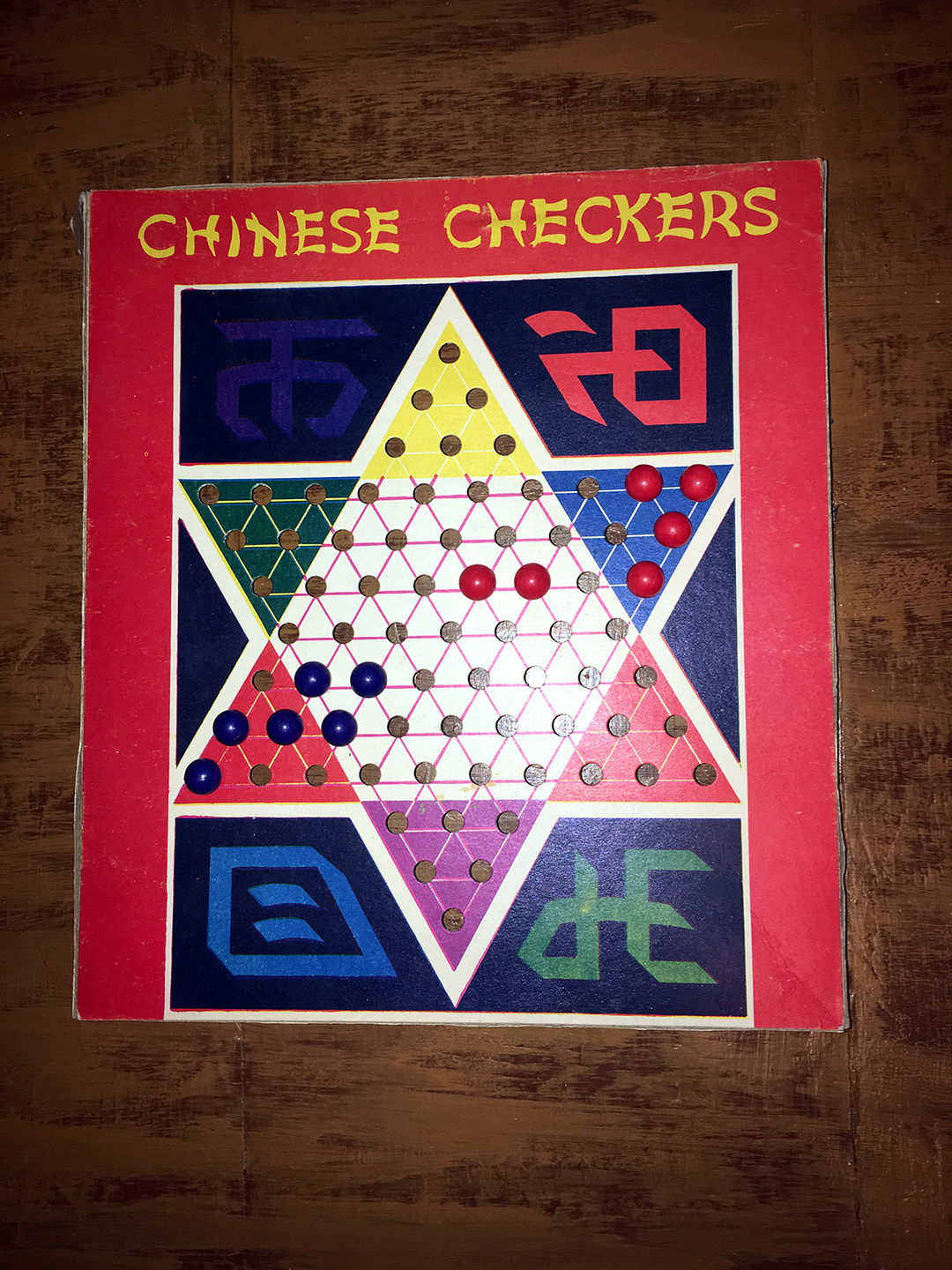Dorri Partain
Northeast News
Despite the name, Chinese Checkers is truly an international game. The concept of a board game where players use markers to move from one side to the other- and jump over their opponent’s game pieces dates to a British game called “Hoppity,” first manufactured in 1854. George H. Monks, a thoracic surgeon at Harvard Medical School, brought the game to America in 1883, but changed the name to “Halma,” the Greek word for “jump”. The board was set for two players, and used small wooden pawns that moved in a square pattern.
A German game company, Ravensburger, modified the game and named it Stern-Halma in 1892. Changing the shape of the game board to a six-pointed star (stern) meant the game could be more versatile, with 2-6 players. Meanwhile the original version of Halma remained popular, though game manufacturer Milton Bradley called their version Eckha.
In 1928, brothers Bill and Jack Pressman, operators of the Pressman Toy Company, took the star-shaped playing board, but perforated it so the game could be played with marbles. One of their company’s products was marbles, so it was easy to expand their product line by creating a new game called “Hop Ching Checkers”. Anything with an Asian theme sold well at the time, due in part to the Mah Jong craze that swept America during that decade.
Other companies copied the game; the Parker Brothers version was named “Peg Chow”. The Pressmans never patented the name or the game so when Milton Bradley applied for a patent in 1941, the name they chose was “Chinese Checkers”.
The Pressman Company still offers Chinese Checkers, but their most popular offering is another game they created, RummiKub. Parker Brothers was the last company to market Halma in America, in 1961.



















